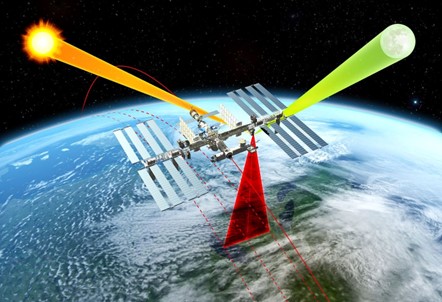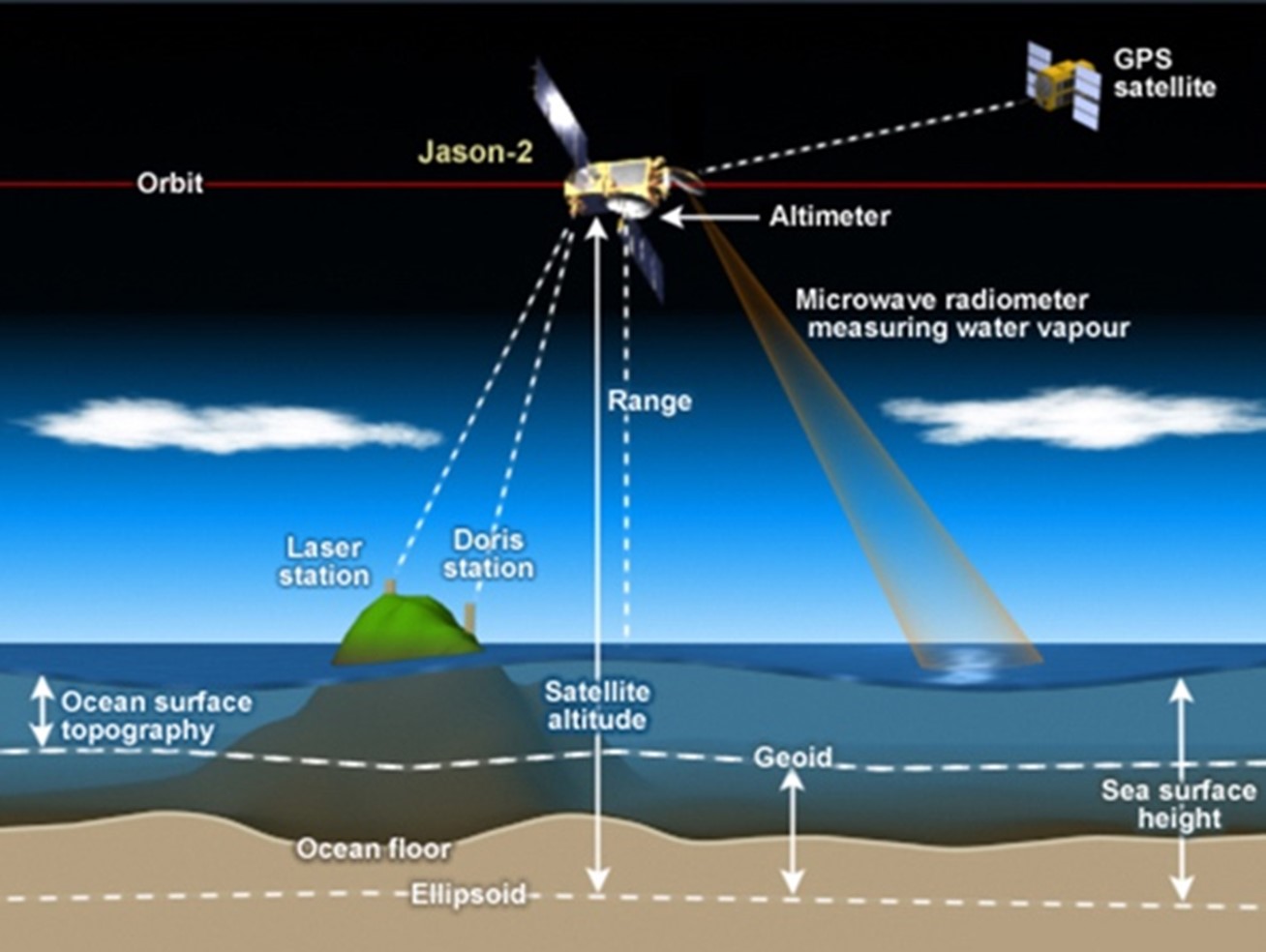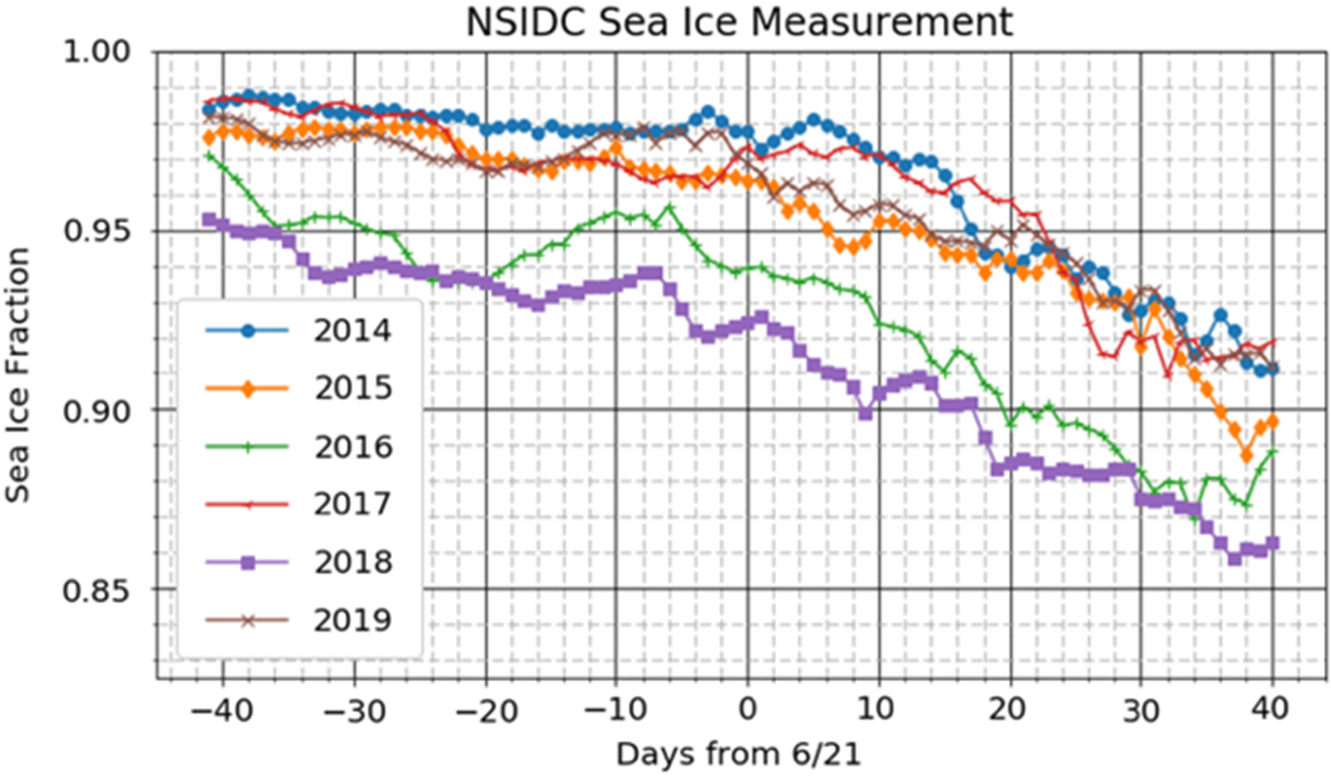Dear colleagues and friends:
A dear colleague shares this article with us today about the unusual warming of the Arctic. The article, written by Kenny Vigil, was published on January 11, 2024 in a Sandia National Laboratories newsletter and we translated it for this space. Let's see what they tell us about it...
The Arctic, Earth's icy corona, is experiencing a climate crisis like no other. It's warming at a breakneck pace, four times faster than the rest of our planet. Sandia researchers are revealing that the reduction in the reflectivity of sunlight, or albedo, is what is fueling Arctic warming.

Scientists aren't armed with parkas or shovels. Instead, they have taken advantage of data from GPS satellite radiometers, capturing sunlight that bounces off the Arctic. This immersion in this data could be the key to deciphering the Arctic's amplification code.
His work was published in the journal Scientific Reports.
“Uneven warming in the Arctic is both a scientific curiosity and a pressing concern, leading us to wonder why this area of the Earth has been changing so dramatically,” he said Erika Roesler, atmospheric and climate scientist from Sandia.
Previous studies have suggested that feedback from sea ice albedo is likely driving Arctic amplification. These albedo feedbacks can be divided into two main areas. First, there is an overall reduction in sea ice, leading to greater exposure to the dark ocean, which absorbs more sunlight than snow-covered ice, raising temperatures. The second factor is the reflectivity of the remaining sea ice, or local albedo, which includes the stagnation of water on the ice due to melting.
The Sandia researchers wanted to better understand the reduction in reflectivity in the Arctic. Lead scientist Phil Dreike collaborated with the U.S. Space Force. Department of State to obtain permission for Sandia to analyze unpublished data from GPS satellite radiometers.

“The new observational climate data sets are unique. To qualify as a set of climate data, observations must span a multitude of years. Small-scale science projects generally don't last that long, making this data set particularly valuable,” Roesler said.
Amy Kaczmarowski, an engineer at Sandia, conducted an analysis of data spanning from 2014 to 2019.
“There have been numerous local measurements and theoretical debates about the effects of waterlogging on ice albedo. This study represents one of the first comprehensive examinations of year-to-year effects in the Arctic region,” said Kaczmarowski.

“Sandia's data analysis revealed a 20% to 35% decrease in total reflectivity during the Arctic summer. Based on microwave sea ice extent measurements collected over the same period, one-third of this loss of reflectivity is attributed to completely melted ice.”
The other two-thirds of the loss of reflectivity is probably due to the erosion of remaining sea ice. “The key discovery here is the extent to which eroded ice is reducing reflectivity,” Kaczmarowski added. Eroded ice refers to remaining sea ice, which may be thinner and contain meltwater ponds.
GPS satellites are expected to continue to provide data until 2040. The Sandia researchers hope that other researchers will consider their findings and incorporate them into their models for Arctic amplification. They plan to continue extracting GPS data and are excited about the idea of collaborating with other climate researchers for additional analysis.
“We will continue to use this data to investigate various regions of the Earth for climate applications,” said Kaczmarowski.

